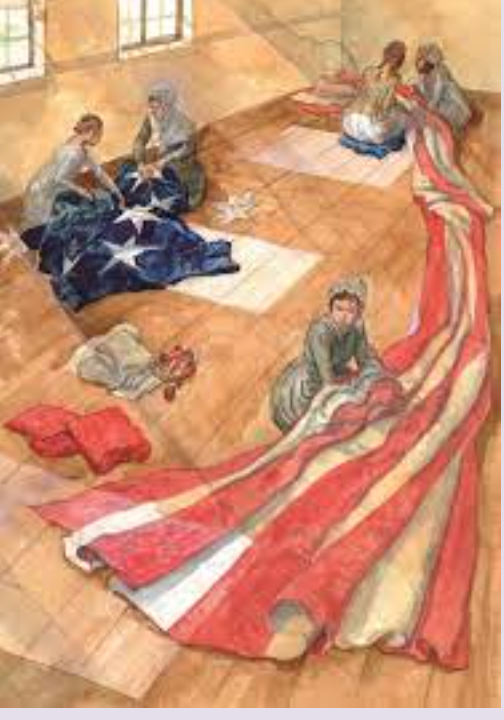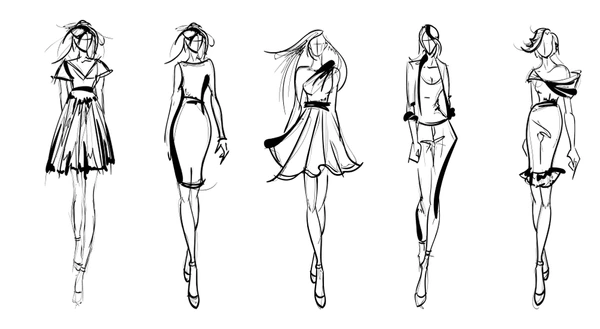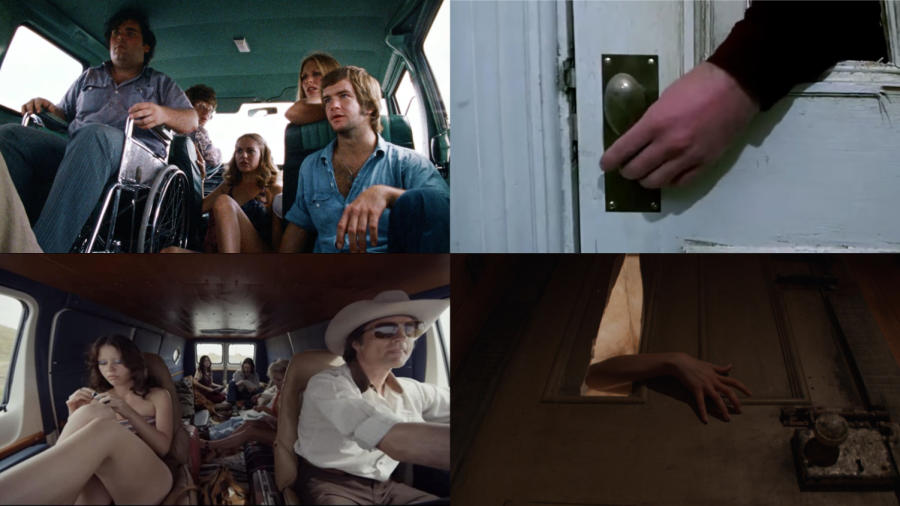The Star Spangled Banner, perhaps the most recognizable symbol for our country, is a vital piece of American history. However, it may shock you to know that the creator of the American flag was not, in fact, Besty Ross. Every historian who has ventured to find information to support the fact that she created the flag, has failed to find such evidence. What historians have found is that a woman named Mary Pickersgill sewed it.
In June 1813, Mary Pickersgill was approached by Major George Armistead when he arrived in Baltimore, Maryland, to gain control of Fort McHenry. Mary was a flag maker and was commissioned by Armistead to create two flags: one small storm flag and the other a larger garrison flag (the Star Spangled Banner). While constructing the flag, she was assisted by her daughter, two nieces, and an indentured servant girl, taking them six to eight weeks to complete it. Stitched from both dyed wool bunting and white cotton, the flag was created. It’s one-fourth of a modern basketball court, being thirty by forty-two feet. Originally in 1777, the flag had thirteen stripes for the thirteen colonies, as well as thirteen stars. Then in 1794, Congress approved that the flag had fifteen stripes and stars for the two new additional states that were added. In 1818, the flag’s stripes were reduced to thirteen once again, and now the stars would represent one for each state; this is how our flag is depicted today.
Some parts of the flag are missing, as Mary’s family had chosen to give some pieces of it away to select government officials, veterans, and other people they deemed important. This caused the flag to become tarnished, and over time, the flag has been exposed to light and dirt causing it to lose its vibrance. When it arrived at the Smithsonian in 1907, they hired Amelia Fowler to restore the flag. Having a background in embroidery, Fowler first removed the canvas backing that had been attached to the back of the flag since 1873 before working with ten other needlewomen to sew approximately 1.7 million interlocking stitches to form a mesh over the flag’s surface. The project took eight weeks to complete. It is thanks to Ms. Fowler and her team, that the flag has been preserved. Today, the flag is trying to be protected against further deterioration, and it’s kept in a climate-controlled room that has low light levels. It’s important to keep our country’s symbol in good condition as it’s a symbol of what it means to be American and the ideals that the people who came before us fought for.
Being American means much more than just having a flag. Understanding what American culture is and how to live it wouldn’t have been possible without the flag because its creation led to a sense of community in our nation. It’s vital that each American citizen takes the time to understand our country’s history and the people who made the country that we live in today possible. The American flag represents our country in so many ways, but most namely our freedom. It inspired the National Anthem written by Francis Scott Key, and it cultivated a strong sense of pride for our country, bringing people together. Today the flag is on display in the Smithsonian’s National Museum of American History in Washington D.C. So, while you now know that Betsy Ross didn’t create the American flag, you hopefully understand that it was a team effort led by Mary Pickersgill who led to your understanding today of what it means to be American.
Works Cited:
- Smithsonian. (n.d.). Star-Spangled Banner. Smithsonian Institution. Retrieved October 13, 2022, from https://www.si.edu/spotlight/flag-day/banner-facts#:~:text=The%20original%20Star%2DSpangled%20Banner,American%20History%20in%20Washington%2C%20D.C.







